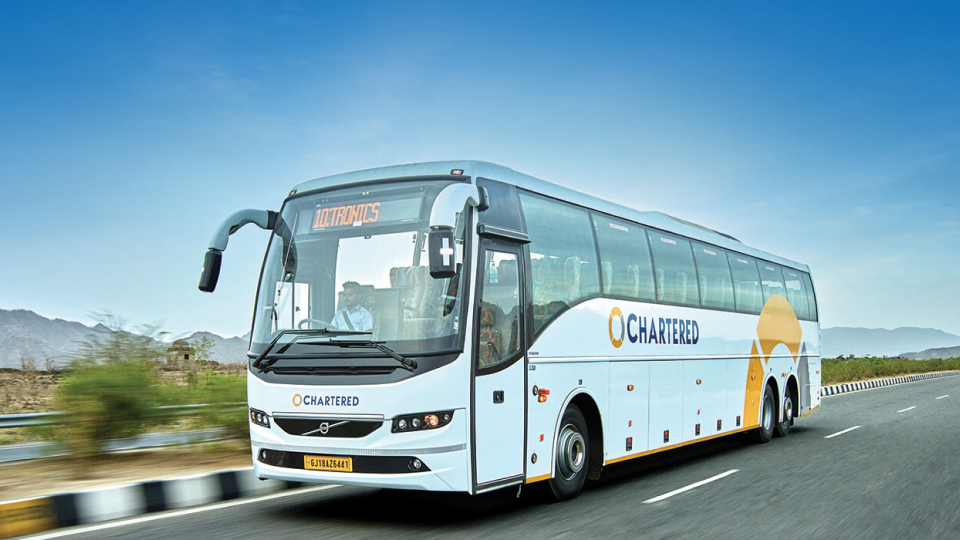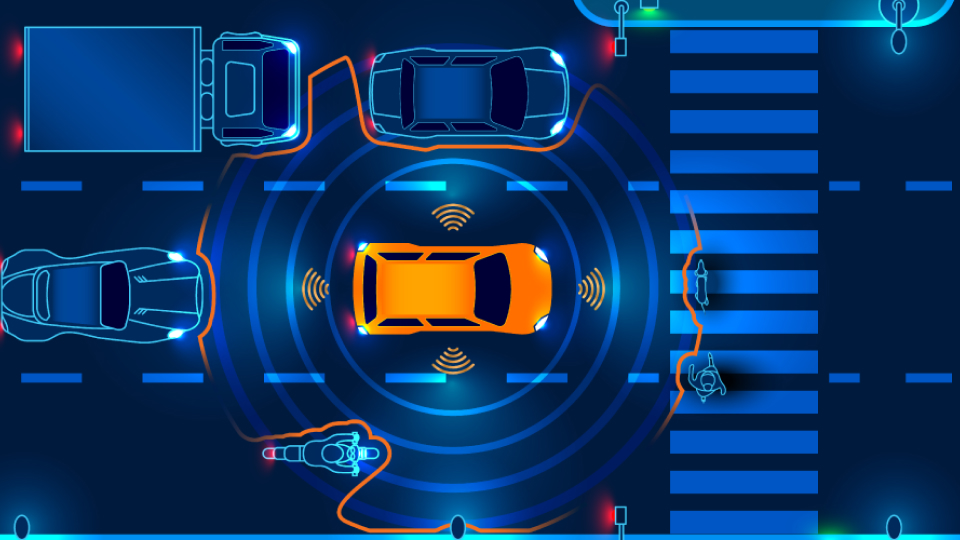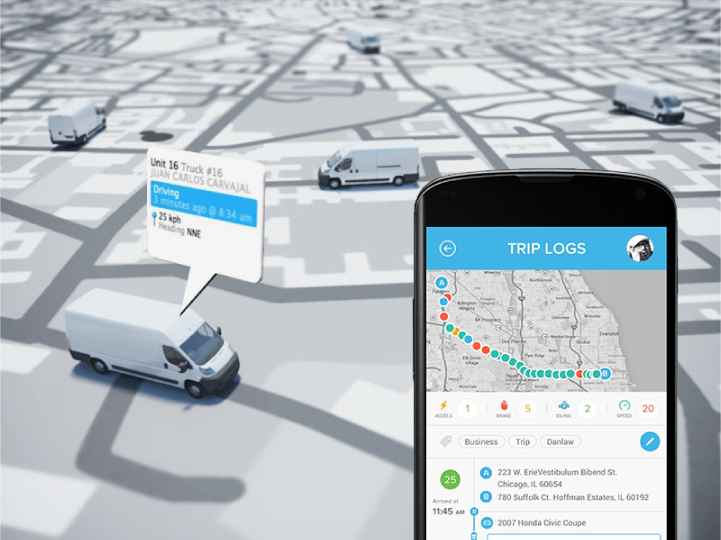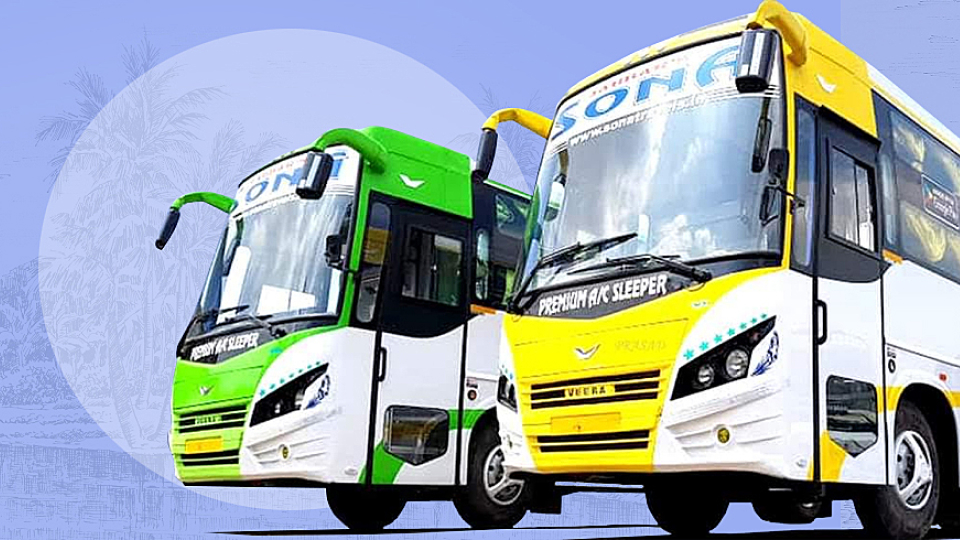
How Is Public Transportation Software In New Zealand Dramatically Changing Commutes?
The emergence of public transportation software in New Zealand has witnessed an incredible surge. The country has exhibited outstanding improvement in public transit through technologies. According to several reports, Auckland Transport runs 133 electric buses in service with the largest e-bus fleet in New Zealand as of 2023. No doubt, passenger transport software has contributed greatly to this growth.

How Should The Best Passenger Transport Software Be?
First, let’s try to understand- what is passenger transport system? A public passenger transport system is designed to streamline and automate various modes of transportation, including buses, ferries, trains, etc. The best passenger transport software should :
A. Facilitate mobility
B. Connect communities
C. Minimize fuel consumption
D. Help avoid traffic congestion
E. Reduce pollution or carbon footprint
Moreover, it should make vehicle operations, scheduling, and ticketing efficient and faster.

Essential Features Of Passenger Transportation Software In New Zealand
Public transportation software in New Zealand is the backbone for managing and optimizing multiple aspects of public transportation systems. Here are some crucial features that such software should ideally encompass:
Route Planning And Optimization

Public transportation planning software provides robust route planning and optimization capabilities. It determines the most efficient routes based on factors, such as passenger demand, traffic patterns, and scheduling constraints. Route optimization algorithms can :
A. Help minimize travel time
B. Reduce fuel consumption
C. Enhance overall efficiency
Real-Time Tracking And Monitoring

Real-time tracking features enable operators to track the location and status of vehicles in the fleet. Passengers can also track the arrival times of buses, trains, or other modes of transportation using mobile apps or digital displays at stations. It maintains transparency and helps passengers plan their trips more effectively.
Fare Management And Ticketing

Effective fare management and ticketing systems are two integral parts of passenger transportation software. These systems should support various payment methods, including smart cards, mobile payments, and contactless payments. Integration with fare gates and validators enables seamless fare collection and reduces the risk of fare evasion.
Passenger Information Systems
Passenger information systems provide real-time updates and alerts to passengers regarding service disruptions, delays, route changes, and other relevant information. These systems can be delivered through mobile apps, digital signage, websites, and automated announcements at stations or onboard vehicles, enhancing the overall passenger experience.
Accessibility Features
Public transportation software should prioritize accessibility for passengers with disabilities or special needs. This includes features such as wheelchair-accessible vehicles, audio announcements, visual displays, and alternative communication methods to accommodate passengers with sensory impairments.
Maintenance and Asset Management
Maintenance and asset management modules help operators track the maintenance schedules, repair history, and performance metrics of vehicles and infrastructure assets. Predictive maintenance algorithms can help identify potential issues proactively, minimize downtime, and extend the lifespan of assets.
Analytics and Reporting
Advanced analytics and reporting capabilities enable operators to analyze operational data, passenger demographics, ridership trends, revenue streams, and performance metrics. This valuable insight can inform strategic decision-making, service planning, resource allocation, and optimization efforts.

Interoperability and Integration
Public transportation software should be designed to integrate seamlessly with other transportation systems, such as traffic management systems, regional transit networks, and intermodal hubs. Interoperability enables data sharing, coordination of services, and seamless transfers between different modes of transportation.
Security and Compliance
Robust security features, including user authentication, encryption, and access controls, help protect sensitive data and prevent unauthorized access or tampering. Compliance with regulatory requirements, such as data privacy laws and industry standards, is essential to ensure the security and integrity of public transportation systems.

Customer Support and Feedback
Passenger transportation software should include channels for customer support and feedback, allowing passengers to report issues, provide feedback, and seek assistance when needed. Responsive customer support services help address concerns promptly and foster positive relationships with passengers.
By incorporating these crucial features, public transportation software can help optimize operations, enhance passenger satisfaction, improve accessibility, and contribute to the overall efficiency and sustainability of public transportation systems.
Fuel Your Operations With Public Transport Management Software in New Zealand
The integration of public transportation software in New Zealand has improved the quality of service, increased efficiency, and promoted sustainability.
If you want to maximize the efficiency of your public transit service, pick the right software that can adapt to your business requirements.





